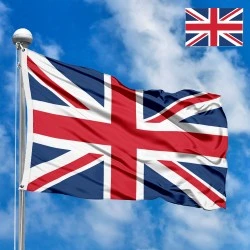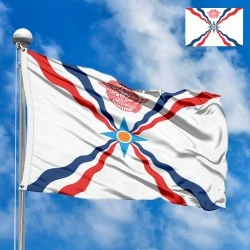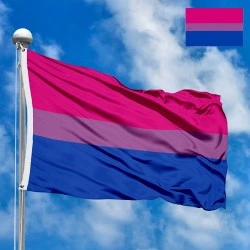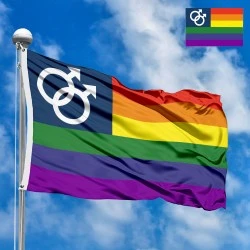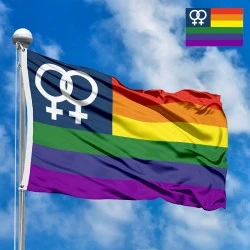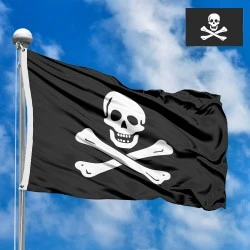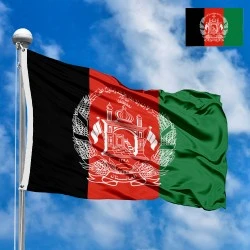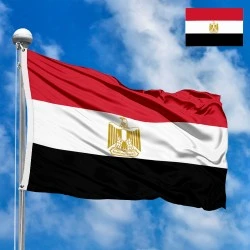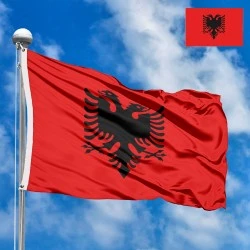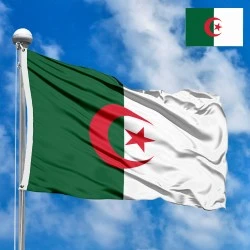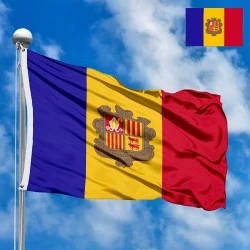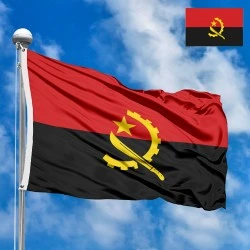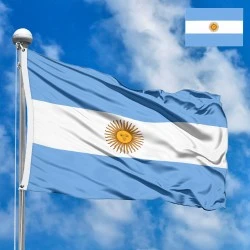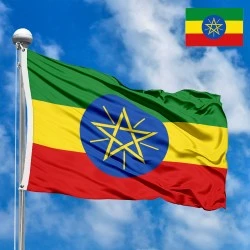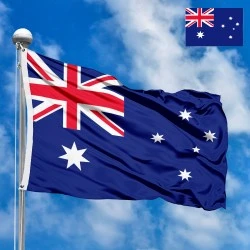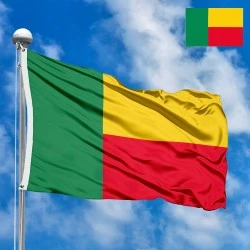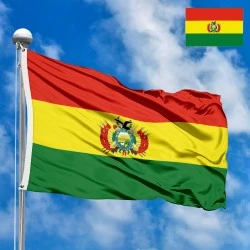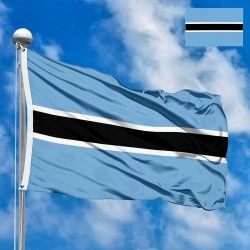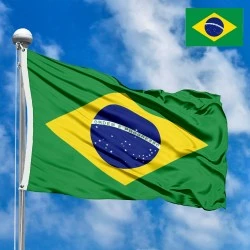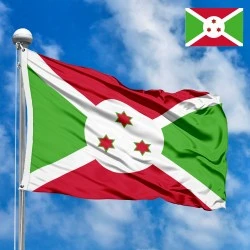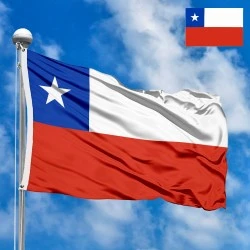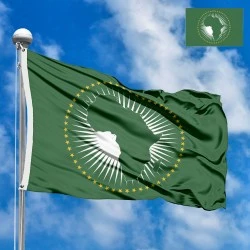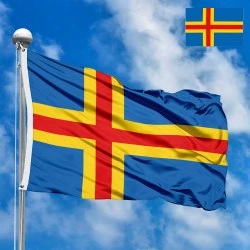- All Flags
- Flags of Countries by Continent
-
Flags of Organizations
- Flags of UN countries
- Flags of the European Union countries
- Flags of NATO countries
- Flags of the countries of the Organization of Islamic Cooperation
- Flags of the countries of the Organization of American States
- Flags of the Arab League countries
- Flags of the African Union countries
- Flags of the countries of the Union of South American Nations
- Flags of the Commonwealth of Nations
- Flags of the countries of the Secretariat of the Pacific Community
- Flags of the Nordic Council countries
- Flags of the Caribbean Community
- Flags of the countries of the Association of Southeast Asian Nations
- Flags of the East African Community
- Flags of the countries of the Organization of Turkic States
- LGBT Community Flags
- Historical Flags
- Ethnic Flags
- Flags of the USA (states)
Description
The Flag of England, commonly known as St. George's Cross, stands as one of the oldest and most recognizable national symbols in the world. Its simple yet powerful design – a red cross on a white background – is deeply rooted in the country's history and culture, embodying centuries of tradition, courage, and national pride. This flag, despite its age, remains a vibrant symbol, uniting the English people and representing England on the global stage.
Dimensions, Colors, and Arrangement of Elements
St. George's Cross is a rectangular banner featuring a white field with a straight red cross that extends to the edges of the flag.
-
Dimensions and Proportions: The official proportions of the Flag of England are typically 3:5 (width to length), although for maritime use (e.g., on naval ensigns), proportions of 1:2 may be adopted. The cross is centrally placed on the field.
-
Colors:
-
White: The white background symbolizes purity, peace, and honesty. It can also be associated with ancient symbols of the English people and their pursuit of justice.
-
Red: The red cross represents courage, bravery, valor, and the blood shed in defense of the country. It is a color of military prowess and steadfastness.
-
-
Arrangement of Elements: The red cross is the central and sole element of the flag. It is symmetrically positioned, intersecting the flag vertically and horizontally, creating four equal white quadrants in the corners. The width of the red bands of the cross is approximately 1/5 of the flag's width. The simplicity of the design ensures its instant recognizability and powerful symbolic impact.
History of the Flag's Creation, Country, and Region
The history of St. George's Cross as a symbol of England spans many centuries and is closely intertwined with the development of the English nation and its role in global affairs.
-
St. George as Patron Saint: The adoption of St. George as the patron saint of England occurred during the 12th-13th centuries. St. George, a Christian martyr, is renowned for the legend of slaying a dragon, which symbolizes the triumph of good over evil. His cross – a red cross on a white background – became associated with him and, consequently, with his patronized country. Historically, he was a soldier who lived in the 3rd-4th centuries, and his cult spread throughout Europe.
-
The Crusades: The red cross on a white background was actively used by English Crusaders in the 12th and 13th centuries. In 1188, during the Third Crusade, King Henry II of England and King Philip II of France agreed to use distinguishing crosses for their troops: the English a white cross on a red field, and the French a red cross on a white field. However, the English later adopted the red cross on white, which became their permanent military emblem.
-
Adoption as a National Symbol: By the 13th century, St. George's Cross became a widely accepted symbol of England. In 1277, it was first documented as the national flag used on English ships. By the 14th century, it was firmly established as both a royal standard and the national flag. Initially, it was more of a military symbol, but over time it acquired a broader civilian significance.
-
Union with Other Flags: When James VI of Scotland also became James I of England in 1603, there was a need for a new flag to represent the union of the two crowns. In 1606, the first Union Jack was created, combining St. George's Cross with the Saltire of St. Andrew of Scotland (a white diagonal cross on a blue background). It is crucial to note that St. George's Cross remains the flag of England, while the Union Jack is the flag of the United Kingdom. Wales is not represented on the Union Jack, as it had already been united with England by the time of its creation.
-
Modern Usage: For centuries, St. George's Cross has served as a symbol of English sovereignty, military prowess, and national identity. It is widely used at sporting events, cultural celebrations, and as a widely recognized emblem of English heritage.
Adoption and Significance for Residents
For the residents of England, St. George's Cross holds deep and multifaceted significance, reflecting their historical connection, cultural heritage, and sense of belonging.
-
National Identity: The flag is a powerful symbol of English national identity. It represents the history, traditions, and values that English people are proud of. Its simplicity and antiquity make it easily recognizable and deeply ingrained in the collective consciousness.
-
Symbol of Pride and Unity: At sporting events, such as football or rugby matches, St. George's Cross is flown by thousands, uniting fans and expressing their pride in their team and country. It is a powerful symbol of unity and support.
-
Historical Legacy: The flag serves as a reminder of England's rich history, its monarchy, chivalry, crusades, and contributions to global culture. It embodies the continuity of generations and a connection to the past.
-
Representation on the World Stage: Despite England being part of the United Kingdom, its own flag is frequently used to represent the country on international levels, particularly in sports, culture, and other fields where England competes as a separate entity.
Interesting Facts
-
"Genoa Treaty" Theory: There is an interesting, though debated, theory regarding the origin of St. George's Cross. Some historians suggest that Richard the Lionheart, the English king, during the Crusades adopted the red cross on a white background from the Republic of Genoa in exchange for an annual tribute. Genoa, a powerful maritime republic, used this flag to protect its merchant ships in the Mediterranean Sea. In this context, English ships might have used the same flag for protection. However, this version lacks definitive historical evidence and is often disputed.
-
Not the Union Jack: It is crucial to differentiate between St. George's Cross (the flag of England) and the Union Jack (the flag of the United Kingdom). The Union Jack combines the symbols of England, Scotland, and Northern Ireland, but the flag of England remains an independent symbol.
-
Connection to the City of London: St. George's Cross is also part of the flag of the City of London, highlighting its long-standing connection to a vital center of English trade and politics.
-
Olympic Games: At the Olympic Games and other international competitions where Great Britain competes as a single team, the Union Jack is used. However, in many other sporting events where teams represent individual nations (e.g., Football World Cup, European Championship, cricket matches), St. George's Cross is the official flag of the English team.
-
Presence in Heraldry: The red cross on a white background appears in numerous heraldic symbols and coats of arms across England, from counties to local municipalities, demonstrating its widespread and ingrained significance.
-
Popularity: St. George's Flag is particularly popular among football fans and is widely used during national holidays, such as St. George's Day (April 23rd). It can often be seen flying from house windows, on cars, and in pubs.
In the demonstration images, full-size flags are shown with proportions of 2:3, and hand-held flags with proportions of 1:2.
Donation
Download
Completely free for commercial and non-commercial use (public domain).
You can freely use them in your news magazines, websites, software, mobile applications.
We appreciate a backlink to https://flagssite.com
Raster files - Flag of England (PNG, JPG)
 Waving flag
Waving flag
- PNG format (transparent background), 72dpi, dimensions in Pixels (px), aspect ratio 3:4.
- 15х20 px
- 30х40 px
- 60х80 px
- 120x160 px
- 240x320 px
 Sizes:
Sizes:
"v15" - image size (by height); if necessary, replace with available: v15, v30, v60, v120, v240.
!!! For resizing, use the Latin (eng) keyboard layout.
<img src="https://flagssite.com/flags/v15/20246.png" alt="Flag of England">
 Round flag
Round flag
- PNG format (transparent background), 72dpi, dimensions in Pixels (px), aspect ratio 1:1.
"d15" - image size (diameter); if necessary, replace with available: d15, d30, d60, d120, d240.
!!! For resizing, use the Latin (eng) keyboard layout.
<img src="https://flagssite.com/flags/d15/20246.png" alt="Flag of England">
 Rectangular flag 2:3
Rectangular flag 2:3
- JPG format, 72dpi, dimensions in Pixels (px), aspect ratio 2:3.
"h30" - image size (by height); if necessary, replace with available: h15, h30, h60, h120, h240, h360, h480.
!!! For resizing, use the Latin (eng) keyboard layout.
<img src="https://flagssite.com/flags/h30/20246.jpg" alt="Flag of England">


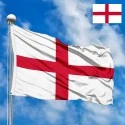
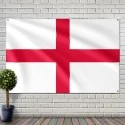
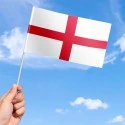

 Sizes:
Sizes:
 Sizes:
Sizes:
